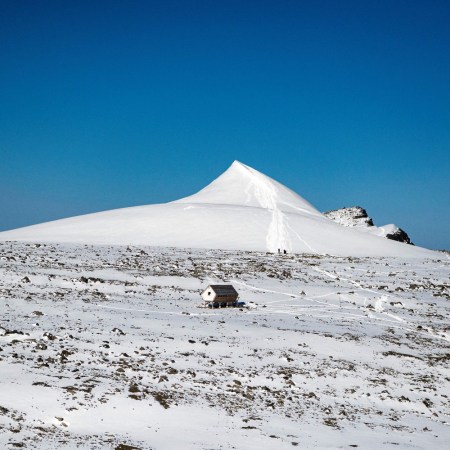Some of the nation’s national parks offer visitors plenty of opportunities to drive or walk through the landscape. In the case of Alaska’s Gates of the Arctic National Park and Preserve, things are a little different. The National Parks Service’s page for the park makes this clear, with a statement that “[n]o trails or visitor services exist in the park. You must be self-sufficient.”
But even an area as remote and protected as this one has shown signs of the effects of climate change. A new essay by Jon Waterman in The New York Times offers ample evidence of that. Waterman knows the national parks well — he’s the author of the National Geographic Atlas of the National Parks. And he also spent time in the region working as a guide decades earlier.
“Thirty-six years had passed since I had last worked as a guide on the Noatak River,” he writes, and then goes on to note the surprising changes he discovered when he returned to the region.
What he and his fellow travelers found were record high temperatures and swarms of bugs thriving in the heat. As he points out, “the region’s protected status seems scant consolation given the cascade of climate change anomalies.”
Warmer weather isn’t the only thing that alarmed him. Thawing permafrost also left him worried, especially with the effect of sending methane and carbon into the planet’s atmosphere, thus intensifying climate change even further. The whole article is an unsettling but important read, with Waterman’s skill at documenting the landscape put to good use showing how things have changed over time.
Thanks for reading InsideHook. Sign up for our daily newsletter and be in the know.


















